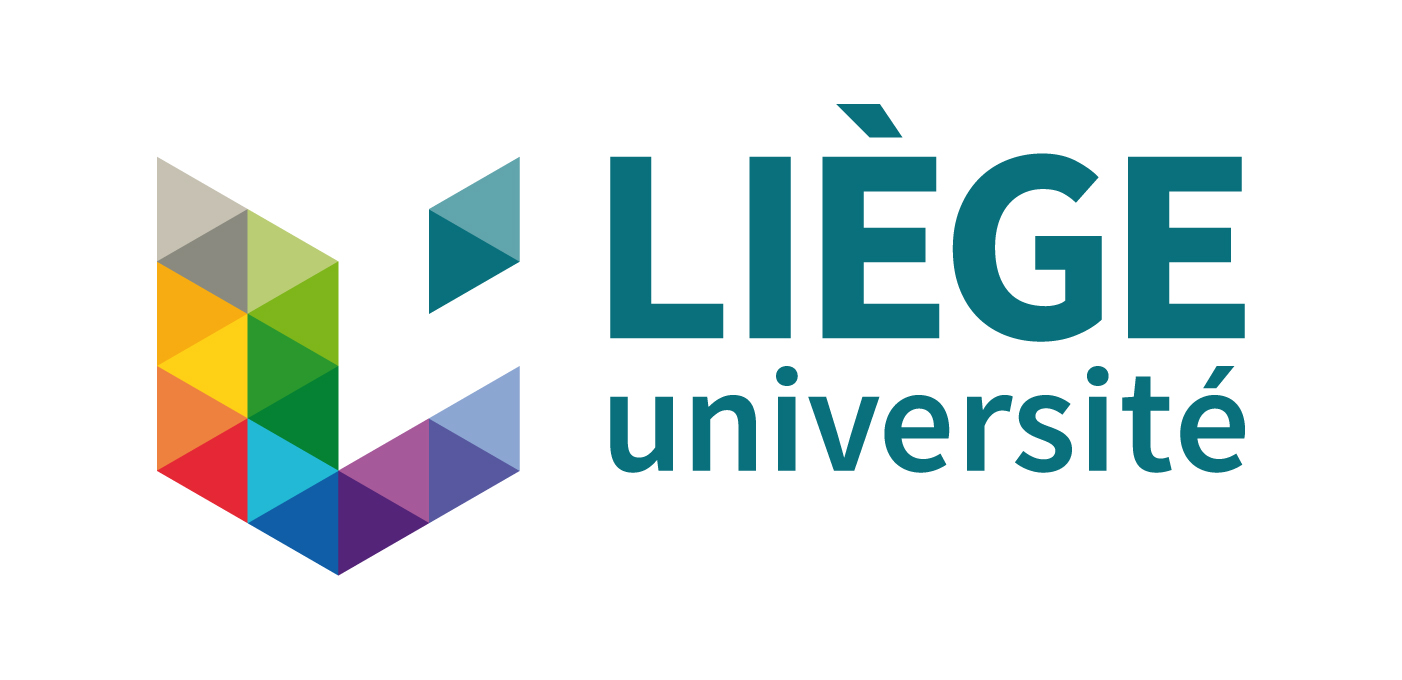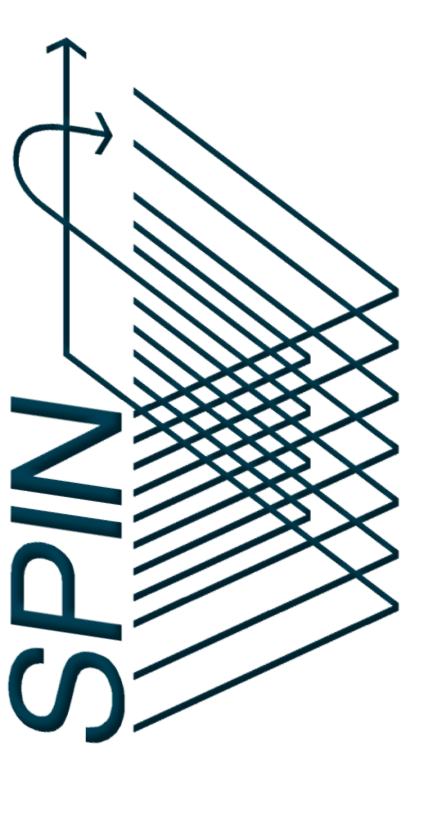Partners |
|
CNR-SPIN
|
|
|
Expertise and facilities inherent to the project: The National Research Council (CNR) is a the largest public organization for research in Italy and CNR-SPIN is a CNR institute, whose acronym stands for “SuPerconductors, oxides and other INnovative materials and devices”. The mission of CNR-SPIN is the study of innovative materials and their application in the fields of electronics and energy. The members of the CNR-SPIN group are experimentalists in condensed matter physics, with expertise in electric and thermoelectric transport, both in terms of physical mechanisms and of application perspectives, in device fabrication and characterization and in ink-jet printing. A recent activity of the group was that the study of the aggregation processes of printed microstructures obtained from inks, with focus on intergrain connectivity and its role in transport properties. In the CNR-SPIN laboratories, both home-made and commercial apparata are available for thermoelectric and thermal transport measurements, from temperatures from 2K to 400K and in magnetic fields up to 9T. Clean room facilities are equipped for optical microlithography and ink-jet printing, including DC sputtering for metal deposition and ion milling, a Dimatix-Fujifilm DMP 2831 inkjet printer, chemical bench and furnaces for annealing in controlled atmosphere, Atomic Force Microscopy and Scanning Tunneling Microscopy. Role in project: Within the present project, the activity of the CNR-SPIN partner will be: (i) preparation of TMD single crystals, within a scientific collaboration with the Department of Quantum Matter Physics of the University of Genève, Switzerland; (ii) fabrication of nanoflake patterns by ink-jet printing and drop casting, using inks prepared by a subcontractor; (iii) electric, thermoelectric and thermal transport measurements as a function of temperature, magnetic field, gate voltage, light illumination; (iv) data analysis in collaboration with Babes-Bolyai University and University of Liege partners; (v) design of thermoelectric devices in collaboration with CNR-ICMATE; (vi) administrative management of the project, through dedicated financial, legal, and administrative staff.
|
|
|
|
|
|
Expertise and facilities inherent to the project: The National Center for Scientific Research “Demokritos” (NCSR “Demokritos”) is the largest multidisciplinary research center in Greece, with critical mass in expertise and infrastructure in the fields of Nanotechnology, Energy & Environment, Biosciences, Particle and Nuclear Science, Informatics and Telecommunications. The epitaxy and surface science laboratory (ESSL) of the Institute of Nanoscience and Nanotechnology (INN) at NCSR-Demokritos is operated by a team of 5-6 scientists (PhD and post doc researchers), on average, and is equipped with molecular beam epitaxy (MBE) UHV system with in-situ STM, Electron Diffraction, and photoelectron spectroscopy (XPS and ARPES). In addition, the lab is equipped with micromanipulator electrical stage for the electrical characterization of the grown thin films in the temperature range 5-475 K, a chemical hood for generic materials processing tasks, a rapid thermal annealing chamber and a computer workstation for DFT calculations. The ESSL team has a long standing experience in the area of MBE growth of 2D materials. These activities started in 2011, first coordinating 2D- NANOLATTICES FET Open project on silicene and germanene and later through the ERC advanced grant SMARTGATE. The latter allowed the group to develop the MBE growth of metal chalcogenide layered materials and become a pioneering lab in Europe for the MBE growth of these materials and one of the few existing worldwide. Because of his activities in this area, the PI Dr. Dimoulas received a competitive distinction as a LANEF Chair of Excellence at CEA and University of Grenoble Alpes with the aim to promote research and development of 2D materials in the Grenoble area. Role in project: All the infrastructures in the lab will be available for the project. Thin films of metal dichalcogenides will be grown in the MBE system and annealed in-situ or ex-situ. The composition and possible reaction at interfaces will be determined by XPS, while the electronic band structure will be imaged in a large portion of k-space by ARPES. Electrical measurements will also be performed to determine the conductivity of the thin films and provide feedback to the growers. X-Ray reflectivity readily available as a central facility in our institute (INN) will be used to estimate the thickness of the grown layers, while XRD in the Bragg Brentano mode will be use to assess the structural (epitaxial quality) of the grown films.
|
|
Universitatea Babeș-Bolyai |
|
| Expertise and facilities inherent to the project: Universitatea Babeș-Bolyai (UBB) is a public institution of higher education whose mission is to promote and sustain within the local, regional, national and international community the development of specific cultural components. The project is implemented at the Ioan Ursu Institute of Physics, within UBB’s Faculty of Physics. The PI of UBB (Dr. D. I. Bilc) has extensive experience in the first-principles modeling of material properties. His research field is physics of functional materials, including thermoelectrics. D. I. Bilc was involved in the development of new guidance ideas for the maximization of power factor (PF), and thermoelectric (TE) performance. The materials which optimize PF should combine narrow carrier distributions and high carrier mobilities. However these appear to be conflicting requirements since narrow distributions are associated to flat energy bands and high mobilities to highly-dispersive bands. We demonstrate the possibility to combine these requirements in bulk semiconductors by taking advantage of the highly-directional character of some electronic states (like d, d-p states) which generate very anisotropic electronic bands able to create also a type of low-dimensional electronic transport similar to that targeted in nanostructures. D. I. Bilc was also involved in the development of B1-WC hybrid functional, which will be used for the description of the electronic and TE properties of TMD materials. He studied the electronic structure and TE properties of many chalcogenide materials. Computational resources available for the project are: Lenovo/IBM Cluster with 68 nodes, Dual Intel E5-2660 10 cores 2.6 GHz. Role in project: The contributions of UBB to the project will be (i) optimization of the electronic and TE properties of TMDs as a function of layer thickness (quantum confinement), (ii) development of a macroscopic statistical model for the thermal conductivity of assembled flake nanostructures, taking into account the interface thermal resistance at the grain boundaries of the restacked TMDs.
|
|
University of Liege |
 |
| Expertise and facilities inherent to the project: The University of Liège (UniLiège), in Liège, Wallonia, Belgium, is a major public university in the French Community of Belgium, with more than 2000 people, academics, scientists and technicians, involved in research of a wide variety of subjects from basic research to applied research. The PI of UniLiège (Prof Matthieu Verstraete) has extensive theoretical experience both in TE materials and in 2D dichalcogenides. He has contributed both to the fundamental theory and to software implementations of thermal and electrical properties calculated from ab inito methods (DFT and DFT perturbation theory) , and of TE transport efficiently evaluated within the Boltzmann transport formalism. Specifically, he has developed very recently the study of the electron phonon coupling and dielectric response of 2D materials and hexagonal TMDs. Over the past 8 years he has invested in the development of accurate first principles calculations of the more complex components of the TE figure of merit, viz the Seebeck coefficient and the lattice thermal conductivity. UniLiège has extensive access to High Performance Computing facilities, through Belgian resources (the CECI consortium and the Tier-1 machine managed by the CENAERO research center) and EU resources (DECI / PRACE projects every 6 months, for ca. 5 million core hours per year). Role in project: The systems and devices in MELoDICA are both nano- and meso- structured, and the theoretical partners will have to consider both microscopic detail for ideal flakes (using ab inito methods) and for interfaces (vertical and horizontal) between flakes (using both microscopic and macroscopic statistical approaches) after deposition. The specific contributions of Prof Verstraete will be (i) the ab initio calculation of the thermal and electrical conductivity of ideal flakes and (ii) the microscopic modelling of realistic interfaces, to inform and orient the choice of parameters in the mesoscopic models developed by the UBB partner, evaluating empty volumes between flakes and electrical and thermal interface resistance. |
|





